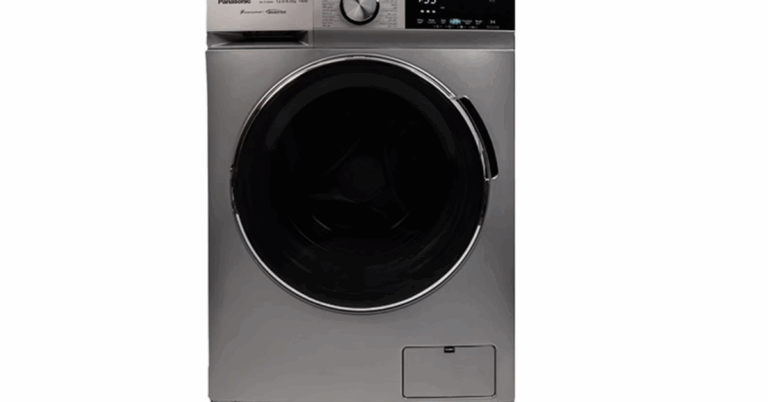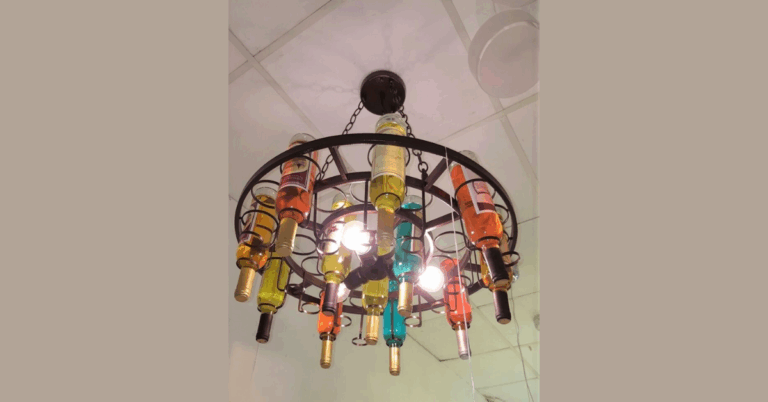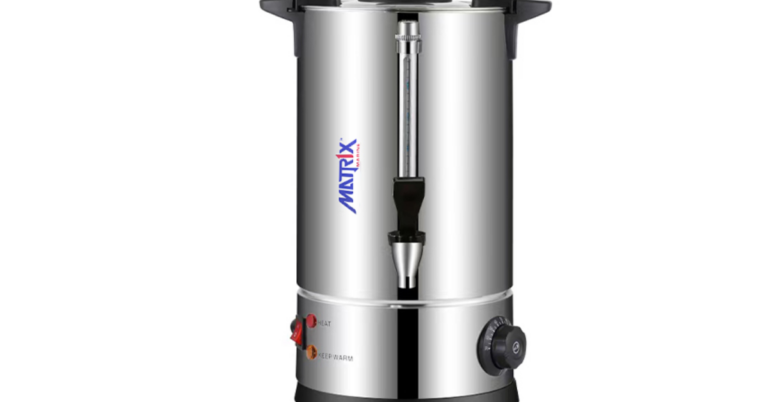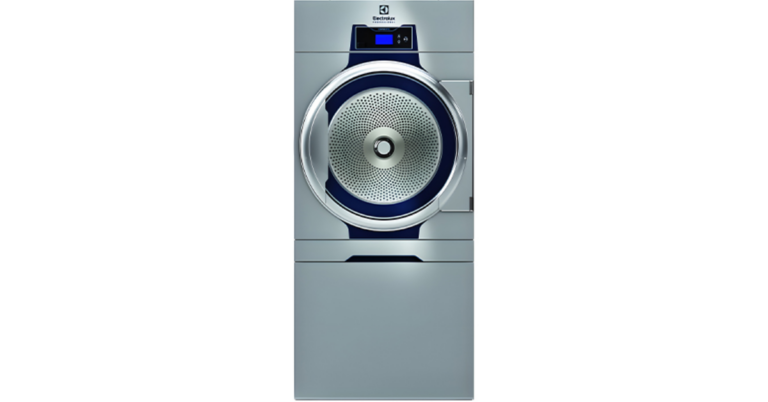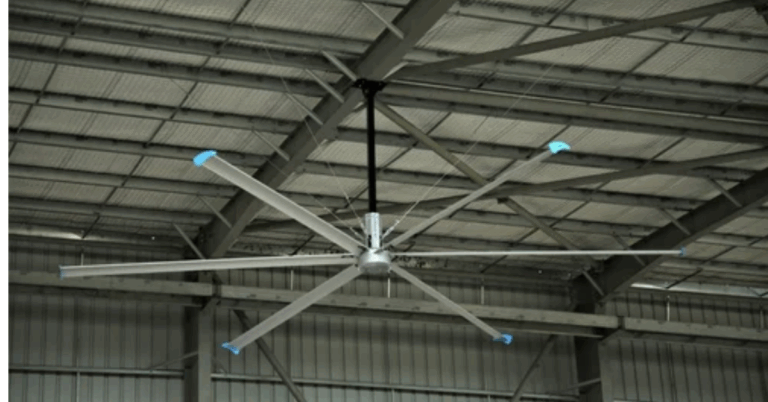Maximizing Efficiency at Sea: The Use of a 300L Cruise Fridge in Marine Environments
Maintaining fresh food supplies on cruise ships poses a unique set of challenges—space is limited, electrical systems are specialized, and conditions can be harsh. This is where a 300L Cruise Fridge becomes invaluable. Designed for marine applications, such refrigeration units balance capacity, energy efficiency, durability, and reliability. In this article, we explore how a 300L cruise fridge is used aboard vessels, the advantages and design considerations, installation and operational tips, and the challenges and future trends in maritime refrigeration.
1. Why a 300L Cruise Fridge?
A 300L cruise fridge (or marine refrigerator) is specially engineered to function in the constrained environments of ships, yachts, or cruise vessels. Unlike ordinary domestic refrigerators, these units must withstand vibrations, fluctuating ambient temperatures, high humidity, and sometimes rough motion. The “300L” refers to the unit’s internal storage capacity, which is a practical balance—large enough for substantial food and beverage storage, yet compact enough to fit within galley modules or service areas.
Some key reasons cruise lines and marine operations opt for a 300L model:
Space constraints: In many ship galleys or pantries, floor space is at a premium. A 300L unit offers significant capacity without dominating the layout.
Load balancing: Onboard power systems (gensets, switchboards) need predictable electrical loads. A mid-sized fridge integrates more easily than oversized units.
Modularity and scalability: A fleet might install several 300L units across different zones—kitchen, bar, medical, crew mess—rather than rely on one oversized central refrigerator.
Redundancy and maintenance: If one fridge fails, others can absorb the load. Smaller units are also easier to service or replace.
Thus, a 300L cruise fridge becomes a practical and robust choice for shipboard refrigeration.
2. Key Design Features for Marine Use
For effective onboard performance, a cruise fridge must incorporate marine-grade design features beyond ordinary refrigerators. Here are the critical design considerations:
a) Robust mechanical structure
Marine environments subject equipment to constant movement, vibration, and occasional impacts. The fridge’s frame, hinges, and internal shelving must resist corrosion and mechanical stress. Reinforced mounting brackets and vibration dampers are common features.
b) Electrical compatibility and safety
Ships often use 220V systems (or 380V three-phase) at 50/60 Hz. The 300L fridge must be compatible with those voltages and designed with robust insulation against surges, galvanic isolation, and protection against stray currents. Safety measures like fuses, circuit breakers, and emergency shutoffs are essential.
c) Cooling system and refrigerant
The refrigeration cycle must cope with varying ambient temperatures (engine rooms, deck, below deck) and humidity. Efficient compressors, well-insulated cabinets, and regulated expansion valves help maintain stable internal temperatures. Many systems use marine-appropriate refrigerants (e.g. R-134a, R-600a) chosen for performance and environmental compliance.
d) Thermal insulation and sealing
To minimize energy consumption and avoid heat ingress, thick insulation, tight gasket seals, and well-designed doors are needed. Specialized gaskets that resist salt, humidity, and wear are employed. Some designs also incorporate alarm systems for door ajar or temperature deviations.
e) Drainage, defrosting, and condensation control
Moisture is a constant challenge at sea. The fridge must be able to manage condensation, defrost water, and occasional salt spray. Drain pans, tubing routed to safe discharge locations, and controlled defrost cycles are critical elements.
f) Monitoring and control systems
Many modern cruise fridges offer digital controls, remote monitoring (central ship systems), temperature logging, and alerts for anomalies. Integration into the ship’s automation network helps with maintenance and reliability.
These design features ensure that the 300L cruise fridge can reliably operate in the demanding marine environment.
3. Usage Scenarios aboard Cruise Ships
A 300L cruise fridge is not limited to just storing salads or dairy. Its versatility allows its deployment in multiple areas:
3.1 Galley / Kitchen
In the main galley, a 300L unit might serve as a cold storage zone for frequently used perishables (produce, dairy, sauces). One or more such refrigerators can supplement bulk storage freezers and large cold rooms.
3.2 Bar and beverage stations
Near bar counters or beverage preparation zones, compact 300L refrigerators are ideal for chilling juices, mixers, wine bottles, or soft drinks within reach of bartenders, thus reducing transit time between galley and bar.
3.3 Crew mess and pantries
Crew dining areas need cold storage for daily meals. A 300L unit is often sized to match crew size and frequency of provisioning, providing fresh goods without requiring large cold rooms in every deck.
3.4 Specialty zones (medical, labs, specialty food)
In shipboard clinics, laboratories, or specialty food prep (dessert labs, chocolate rooms), maintaining precise cold storage is essential. The 300L fridge offers capacity while allowing tighter temperature control.
3.5 Emergency and auxiliary uses
Some ships reserve a few 300L refrigerators as backups or auxiliary cold storage, to be used during maintenance or in case of primary cold room failures.
Because the 300L size is moderate, it can be distributed throughout the ship, improving redundancy and flexibility.
4. Installation and Integration
Installing a 300L cruise fridge aboard a ship requires adherence to marine engineering practices and proper integration with existing systems. Below are key considerations and steps.
4.1 Site selection and mounting
Floor strength and structure: The deck or floor must support the fridge’s weight plus contents, including dynamic loads.
Ventilation clearance: Proper airflow around condenser units is vital. Clearance space must be maintained even in compact compartments.
Vibration damping: Use isolators or anti-vibration mounts to prevent transmission of vibrations to the hull.
Securing against movement: Locking latches, tie-downs, and securing frames ensure the unit stays in place during rough seas.
4.2 Electrical and power supply
Supplying appropriate power: Connect to the ship’s electrical panel with protection (breaker, fuse).
Earthing and grounding: Ensure proper grounding to prevent galvanic corrosion or stray current damage.
Voltage stabilization: Some designs utilize input stabilization circuits to deal with voltage fluctuations in ship power systems.
4.3 Plumbing, drainage, and exhaust routing
Condensate drainage: Route condensation water to safe overboard discharge or internal bilge system, ensuring proper backflow prevention.
Exhaust ventilation: If installed in enclosed spaces, exhaust heat and airflow from the condenser must be vented out to maintain efficiency.
4.4 Commissioning and testing
Leak testing: Pressure test refrigerant circuits.
Functional test: Run through cooling cycles, monitor temperature stability, check for abnormal vibration or noise.
Integration into monitoring systems: Link to ship automation for alarms and logging.
4.5 Maintenance planning
Access clearances: Ensure panels are removable for servicing compressors, filters, belts.
Spare parts inventory: Keep key components on board (filters, sensors, gaskets).
Preventive schedules: Regular checks for refrigerant levels, gasket integrity, fan operation, and defrost operation.
Proper installation ensures long life, efficiency, and minimal operational disruption.
5. Operational Best Practices
Once installed, a cruise fridge requires consistent best practices to ensure performance and longevity. Here are guidelines for usage:
5.1 Loading strategy
Avoid overstuffing; allow airflow around items.
Cold items should be placed at rear and sides, less used items near doors.
Use transparent containers and modular shelving to maximize use.
Pre-chill items before loading to reduce heat load.
5.2 Temperature maintenance
Ideal refrigeration zone: about +2 °C to +5 °C.
Freezer or ice box zone: about −18 °C or depending on specification.
Monitor with calibrated thermometers and sensors, with alarm triggers for deviations.
5.3 Door management
Minimize door openings, use self-closing doors if possible.
Ensure door gaskets seal snugly; replace worn gaskets.
Have door-ajar alarms to catch inadvertent open events.
5.4 Defrost protocols
Use automatic or scheduled defrost cycles to prevent ice buildup, which reduces efficiency.
During defrost, monitor equipment load shifts; avoid cumulative thermal stress.
5.5 Cleaning and hygiene
Regular cleaning to prevent mold, odors, and corrosion.
Use marine-safe cleaning agents (noncorrosive, low fumes).
Clean drain lines and pans to ensure condensation flow.
5.6 Monitoring and logging
Keep logs of temperature history, maintenance, alarms.
Review anomalies and patterns to detect early faults.
By following disciplined operational practices, the 300L cruise fridge can deliver reliable service over many years.
6. Advantages and Trade-offs
6.1 Advantages of a 300L cruise fridge
Balanced capacity: Sufficient to handle medium loads without excessive footprint.
Redundancy and modularity: Multiple units distributed across ship add robustness.
Energy efficiency: Modern designs optimize compressor cycles, insulation, and thermal control.
Ease of maintenance: Smaller size allows easier servicing and replacement of components.
Flexible deployment: Possible in galleys, bars, crew areas, medical zones, etc.
6.2 Trade-offs and challenges
Limited large storage: For bulk cold storage, additional cold rooms or freezers still needed.
Initial cost per liter: Smaller units may have higher cost per volume than large centralized units.
Power draw and harmonics: Multiple units increase demand on electrical systems and may introduce power quality issues.
Integration complexity: Monitoring, routing, and servicing multiple refrigerators is more complex than one large system.
Thus, selecting a 300L cruise fridge should be part of a holistic refrigeration strategy onboard.
7. Challenges in Maritime Refrigeration and How 300L Units Help
Operating refrigeration at sea comes with unique challenges—some of which 300L units mitigate or adapt to.
7.1 Salt, humidity, and corrosion
Salt-laden air corrodes metals and electrical contacts. Marine refrigerators use corrosion-resistant coatings, stainless-steel interiors, and sealed enclosures to mitigate this.
7.2 Varying ambient conditions
Engine rooms and deck areas may exceed 40 °C; ship areas in polar regions may be near freezing. Fridges must maintain performance across wide ambient ranges. 300L units designed for marine use often include “high-ambient” specifications or variable-speed compressors to adjust to changing conditions.
7.3 Vibration and motion
Rolling, pitching, and vibrations stress components. Marine-rated compressors, shock mounts, and reinforced structures help units maintain performance even in rough seas.
7.4 Power system constraints
Ship electrical systems can see voltage spikes, harmonic distortion, and variable loads. Well-designed 300L cruise fridges include protection circuits, surge suppression, and input regulation to handle these fluctuations.
7.5 Maintenance in remote conditions
While at sea, servicing is more difficult. Because a 300L unit is modular and more accessible, repairs are more manageable than servicing massive cold rooms. Having spare 300L units or parts onboard gives redundancy.
7.6 Energy efficiency under constraints
Fuel is precious on ships. Refrigeration must consume minimal power. A well-insulated, properly tuned 300L fridge, when placed in optimal zones and operated prudently, reduces overall energy impact.
In sum, the design features and deployment flexibility of 300L cruise fridges make them particularly suited to addressing many maritime refrigeration challenges.
8. Future Trends and Innovations
The maritime refrigeration field is evolving—here’s how 300L cruise fridges are likely to adapt:
8.1 Smart and connected systems
Integration with ship automation networks, remote monitoring, predictive maintenance, and IoT connectivity will help optimize performance and preempt failures.
8.2 Variable-speed and inverter compressors
Advanced compressors that modulate capacity depending on load reduce power consumption and improve temperature stability across varying ambient conditions.
8.3 Alternative and eco-friendly refrigerants
New refrigerants with lower global warming potential (GWP) are being adopted to meet environmental regulations, which may become standard for marine fridges.
8.4 Better insulation and materials
Advances in vacuum insulation panels, phase-change materials, and improved sealing techniques can reduce heat ingress and improve overall efficiency.
8.5 Energy recovery and thermal integration
Waste heat from compressors or ship systems might be reused. Refrigeration systems may become part of holistic thermal management on ships, integrating with HVAC and heat recovery systems.
8.6 Modular “plug & play” refrigeration modules
Future marine refrigeration units may come as modular units that can be easily swapped or reconfigured to adapt to changing ship layouts or mission requirements.
9. Conclusion
The 300L cruise fridge plays a pivotal role in modern marine refrigeration strategy. It strikes a balance—ample storage, manageable size, and robust design for the demanding shipboard environment. When properly designed, installed, and operated, these units help ensure reliable cold storage across galleys, bars, crew messes, and specialty zones. While trade-offs exist, the flexibility, redundancy, and serviceability of 300L fridges make them indispensable in the broader refrigeration architecture aboard cruise ships. With emerging trends like smart controls and eco refrigerants, the future of marine refrigeration looks both sustainable and efficient.


